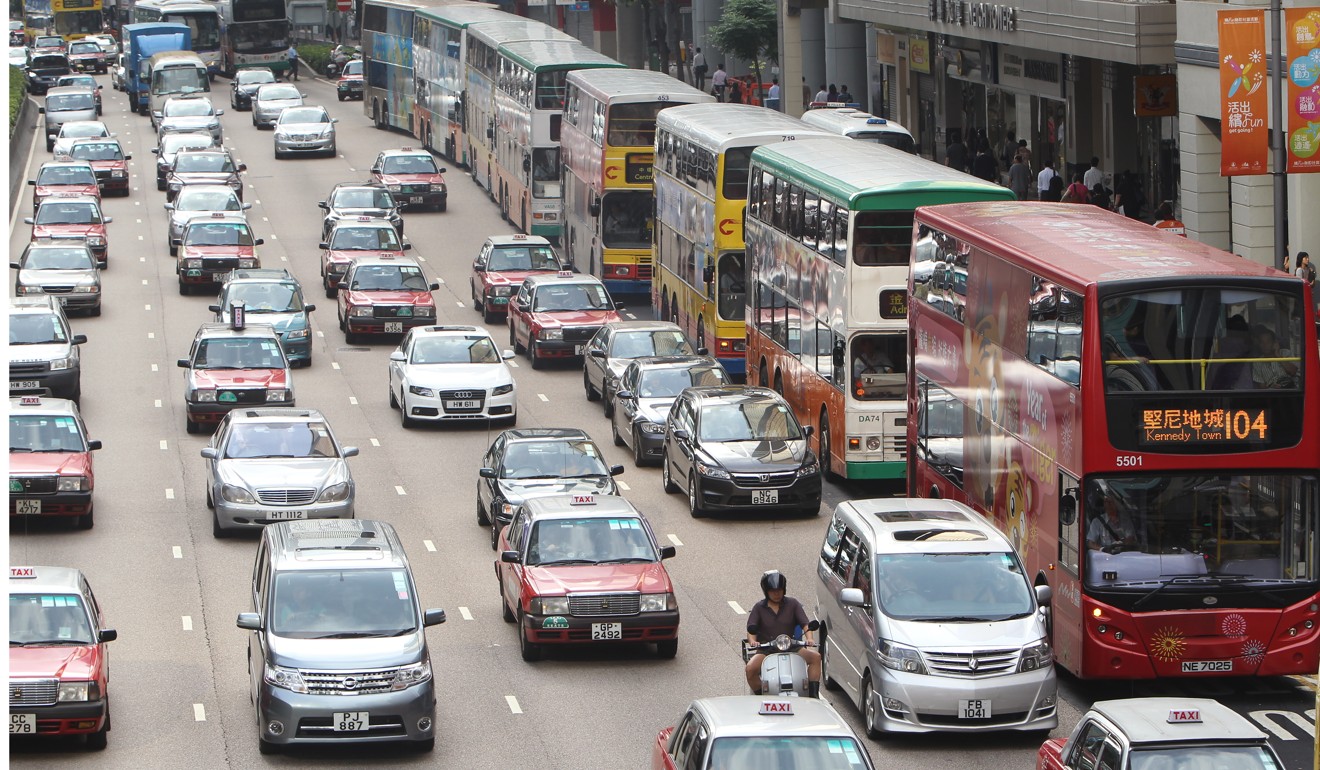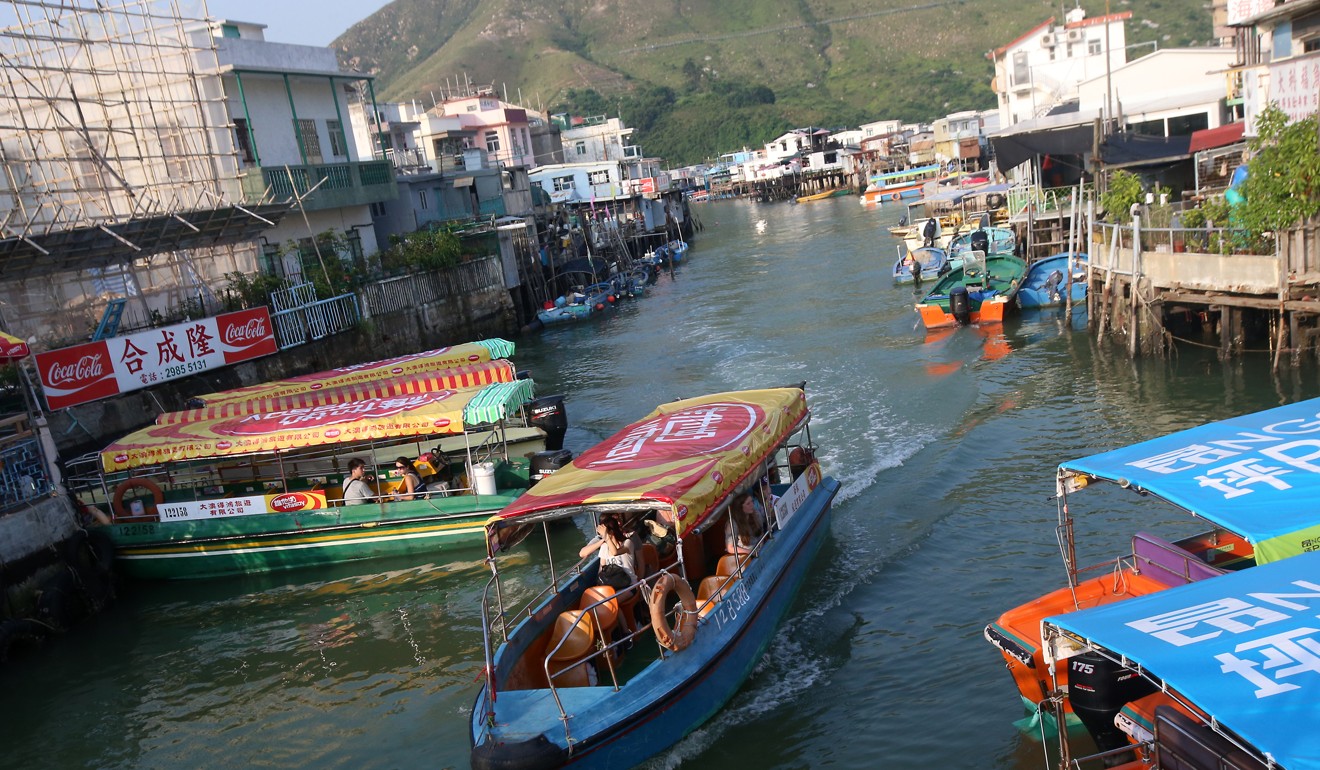
Hong Kong extends commuter subsidies to more types of public transport, costing government HK$2.3 billion a year
Chief Executive Carrie Lam says the scheme, which she wants to launch in a year, will now include more bus, minibus and ferry services
A proposed commuter fare subsidy scheme has been expanded to cater to residents of remote areas not covered by mainstream public transport in Hong Kong.
More than 2.2 million commuters would benefit from the revised scheme as early as 2019, with subsidies costing the government HK$2.3 billion (US$295 million) each year.
Authorities also rejected calls to limit the number of cross-border trips to mainland China that would be eligible for the scheme, a measure that had been floated to prevent abuse by parallel traders who lug goods from the city to the mainland for resale.
The Public Transport Fare Subsidy Scheme was one of the highlights of Hong Kong leader Carrie Lam Cheng Yuet-ngor’s maiden policy address in October.
Hong Kong’s new commuter subsidy not open to abuse, says transport chief
While the scheme will cover most forms of public transport, some were initially left out, most noticeably red-top minibuses, which the government claimed did not meet the regulatory requirements to be subsidised.

Red minibus drivers can set their own routes and fares, unlike their green counterparts who run as franchises controlled by about 30 companies.
Small passenger ferries that serve outlying islands and coaches serving private housing estates and company employees were also excluded in early plans.
But after widespread calls to include these four types of transport, Lam announced on Tuesday that the scheme would be extended.
“I find it a reasonable proposition to expand the scheme to include four other forms of public transport so that more people can benefit, and more operators can participate,” she said.
Will raft of social policies targeting elderly, poor and commuters ease Hong Kong’s problems?
Officials will brief lawmakers on the transport panel at the city’s legislature in January.
“We will seek to implement the scheme within a year after the Legislative Council Finance Committee approves our funding request,” Lam said.

Lawmaker Chan Han-pan, who sits on the transport panel, welcomed the revision, saying it recognised the value of the additional services.
But fellow panel member Michael Tien Puk-sun had reservations, as he feared red minibuses could ramp up fares when they saw commuters had more money in their pockets.
How the Hong Kong government can improve its transport subsidy scheme
The scheme is expected to be in place by the first quarter of 2019.
Operators of the four additional types of transport must regularly submit operational data and passenger statistics to the government, and suspected cases of fraud will be referred to the police.
Apart from the HK$2.3 billion, a one-off expenditure of HK$70 million will be needed to develop the system and purchase Octopus readers to be installed across Hong Kong for commuters to claim the rebate.
Another HK$69 million in annual expenditure will cover administrative costs and the recruitment of 15 civil servants for the scheme.


